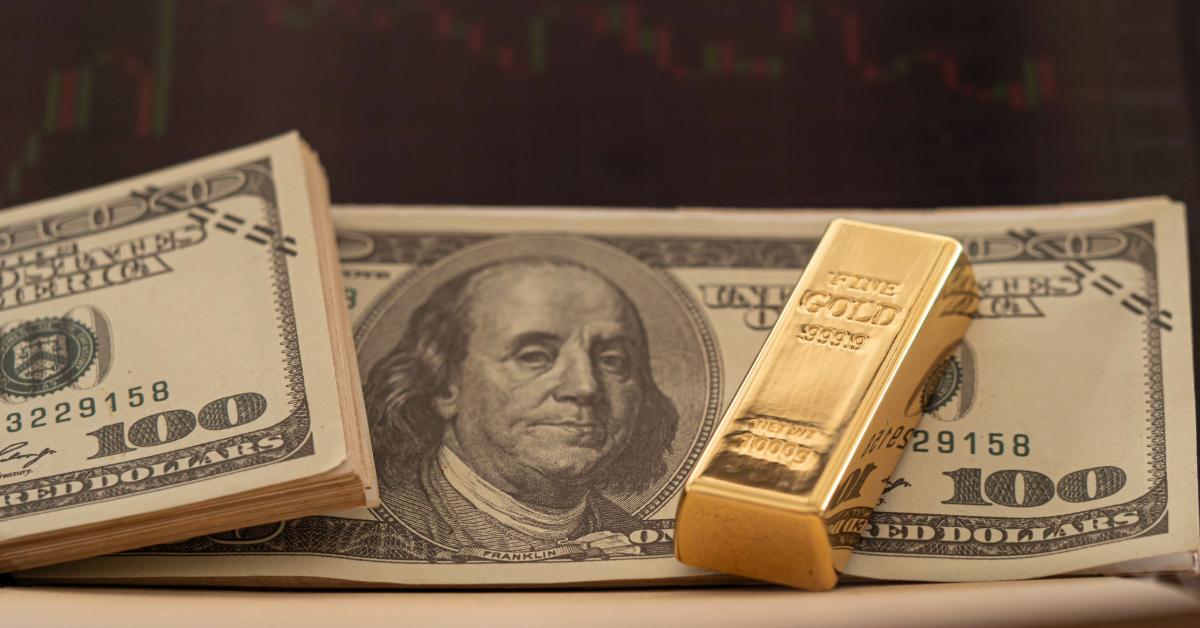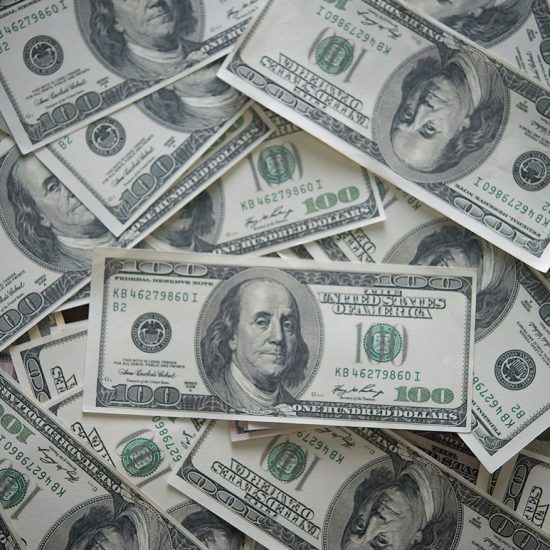I.
Antony C. Sutton (1925–2002) was a British economist and economic historian who taught at California State University, Los Angeles. Sutton was also a research fellow at the Hoover Institution at Stanford University.
His work focused primarily on the financial and commercial cooperation between major United States banks and corporates (call it “Wall Street interests”) and foreign states that were openly hostile to America.
In his book Wall Street and the Bolshevik Revolution (1974), Sutton used extensive data and documents to point out that, for instance, Wall Street interest groups financed and promoted Bolshevik Russia.
In Sutton’s book Wall Street and FDR: The True Story of How Franklin D. Roosevelt Colluded with Corporate America (1975), he paints a highly critical picture of the thirty-second US president. He shows how Roosevelt effectively pursued “corporate socialism,” seeking to exploit the US economy for the benefit of a small elite to the detriment of many.
In Wall Street and the Rise of Hitler (1976)—the third installment in his Wall Street Trilogy—Sutton details how Wall Street provided significant financial support to Adolf Hitler’s rising National Socialism party in Germany, the enemy that American soldiers later faced with immense sacrifices.
Sutton’s most important work is arguably America’s Secret Establishment: An Introduction to the Order of Skull and Bones (1983). In it, Sutton identifies influential American families and individuals shaping US foreign and economic policies for personal gain through the deliberate instigation of conflicts going back to the early nineteenth century. This movement’s major “incubator” is the secret society Skulls and Bones at Yale University.
II.
In 1977, Sutton published The War on Gold, and I would like to talk about this important book in some detail. Sutton begins his book with important insights into monetary history.
We learn, for example, that gold has been a reliable means of payment across cultural and religious spheres for thousands of years. As early as 1200 BC, the Chinese already used gold as a medium of exchange.
In stark contrast to gold money, Sutton illuminates the disastrous history of unbacked paper money (or fiat money). One early example is the paper money experiment of the Chinese in the thirteenth century, which failed miserably.
Similarly, the French assignats that were issued between 1789 and 1796 not only resulted in the complete loss of value of the assignats but also plunged the French people into chaos and terror.
The suspension of the gold redeemability of the British pound from 1797 to 1821 was also anything but glorious, resulting in the significant erosion of the purchasing power of the pound and inflicting considerable economic hardship on a wide swath of the population.
Similarly, the issue of the “Continentals” by the government of the young colonies in America during the Revolutionary War from 1775 to 1779 also turned into a real fiasco. The Continental rapidly became worthless, giving rise to the colloquialism “not worth a Continental.”
Let’s not forget the harrowing hyperinflation in Germany during the Weimar Republic, during which the purchasing power of the paper “mark” collapsed in November 1923 and necessitated the disgraced paper mark to be replaced by a new currency, the rentenmark.
In light of these historical trials, Antony Sutton highlights the inherent economic virtues of gold—of gold money, that is. Gold has a disciplining influence; gold money limits the opportunities for those in power to misuse the money for their own gain.
In stark contrast to unbacked money, or fiat money, the amount of gold cannot arbitrarily be increased and not without incurring costs. This is precisely why rulers and governments have been fighting gold as money to this day, in what Sutton calls a “totalitarian assault on gold.” In this context, he writes:
When we project early monetary experience to modern times, it should not surprise us to learn that all totalitarian societies, from John Law’s France to Hitler’s Third Reich to Stalin’s Soviet Empire, have conducted a war on gold. . . . In a dictatorship, all vestiges of sovereignty have to be consolidated in the hands of the ruling elite.
Sutton informs his readers in quite some detail about the historical context surrounding the gradual removal of gold money from circulation.
The last quarter of the nineteenth century was the age of gold money, often referred to as the time of the classical gold standard. All major currencies—the US dollar, British pound, French franc, and German mark—were gold-backed.
However, many nations had suspended the gold redeemability of their currencies during World War I (the US being a notable exception) to print additional money to fund the war.
The Bretton Woods system, adopted in 1944, attempted a partial, albeit very fragile, rehabilitation of gold money from 1945 onward.
However, the US did not play by the rules of the game, issuing unbacked US dollars and causing rising inflation. Consequently, the Bretton Woods system began to unravel in the 1960s.
On August 15, 1971, US president Richard Nixon declared that the US dollar would no longer be redeemable for gold. By doing so, the US administration effectively imposed a fiat money standard on the world that persists to this day.
John Exter, the former vice-president of the New York Federal Reserve, succinctly captures the consequence:
The paper dollar has become an “IOU nothing,” as have all paper currencies in the world today. As such, one “IOU nothing” currency has to trade in the marketplace every minute of every day against the “IOU nothings” of all the other central banks. We are in a world of irredeemable paper money—a state of affairs unprecedented in history.
III.
In reflection, forty-six years after the publication of Sutton’s The War on Gold, there are numerous insights still relevant today.
1. Sutton reminds us that throughout monetary history, gold has consistently served as money—in fact, retaining its status as the quintessential medium of exchange, a role that remains unchanged to this day.
2. Throughout history, those in power have—whenever they had the chance—tried to remove gold from circulation for political rather than economic motives and replace it with their own fiat money.
3. Perhaps most importantly, Sutton’s insights teach us that the war on gold is far from over. It is essential to recognize, however, that today’s war on gold is waged differently than in the past. Today’s state-controlled educational institutions provide limited coverage of the yellow metal’s monetary role, leading to a decline in the younger generation’s knowledge about gold money. At the same time, modern fiat money is praised as a great achievement to which there is no better alternative.
Like it or not, the discourse on the merits and drawbacks of gold money is inextricably linked to questions of political ideology and power. So, the following question posed by Sutton must be interpreted as purely rhetorical: “Why, if gold has the ability to provide stability, do we have the persistent propaganda for paper fiat currency systems—particularly when the end result has always been economic chaos?”
In sum, Sutton’s 1977 book The War on Gold is more relevant than ever. Sutton understands, like no other, how to analyze gold from a political-economic and enlightened perspective. His The War on Gold is a classic that every economist and gold investor should delve into.




